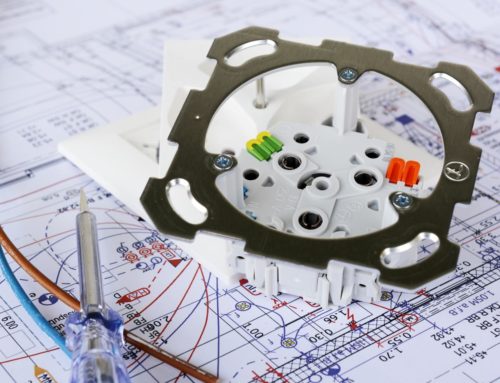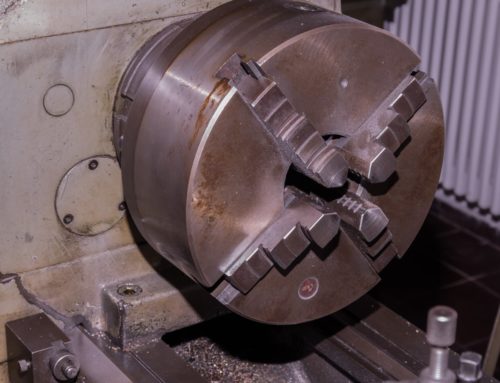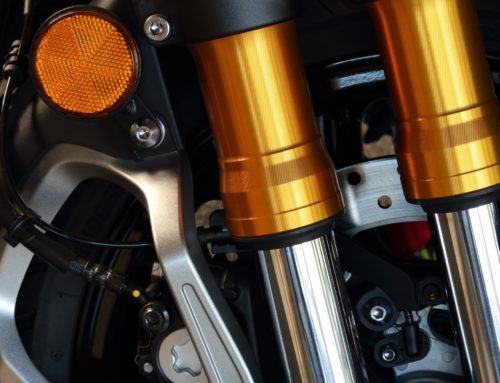Are you having trouble deciding which kind of motor brakes to use with your work machinery? Each type comes with different benefits and drawbacks and trying them one by one is a needless waste of your time and money.
That said, you’ll come across DC injection braking as one of the big frontrunners for motor brakes when you shop around. So how does this kind of injection braking work, and what bonuses does it bring to the table that its peers lack?
That’s where we come in. It’s time to take a deep dive into our guide on all things involving DC injection braking!
How DC Injection Braking Works
DC (direct current) injection brakes are designed to work with AC (alternating current) motors by swapping a direct current into the machine once the alternating current stops. While the motor would stop once there was no AC, it would take some time to do so, which could prove a safety hazard in some machines.
So, when this current changes, the magnetic field generating motion within the machine changes from a rotating one to a fixed one. This allows the magnet fields to pull on the components of the motor, causing it to slow down and stop.
Careful regulation of energy is needed here to prevent the energy used for braking from overpowering everything else and causing damage to the system. To accomplish this, DC injection brakes use special circuits to modulate energy flow.
The motor and controller within the machine are responsible for turning the energy the brakes produce into heat. As such, the motor needs to be the right size so that it can handle the level of heat it’s taking. You’ll also want to check the ambient temperature rating of the motor (or how hot a temperature the motor can function in at a base level) and put that together with temperature rise.
Benefits of DC Injection Braking
One of the main benefits of DC injection brakes is that they can stop motors without having the parts come in contact with one another (like friction braking or dynamic braking). This means that the parts will have a longer lifespan of use since they don’t get smashed together whenever the motor needs to stop.
DC injection brakes also carry a speed advantage. Since you can install them within the circuits that control the motor’s operation, they take up less space and work faster.
DC injection brakes are easier to install than their counterparts as well. Safety handling is also made less of a hassle since DC injection brakes offer multiple options for speed control of the motor. It also generates less heat than other braking methods.
Stopping On a Dime
With this guide on DC injection braking at your fingertips, you’re ready to get out there and implement these brakes into your company machinery. And if you want to know more about the different types of mechanical brakes and which ones fit your style best, make sure to check out the other articles on our blog.






